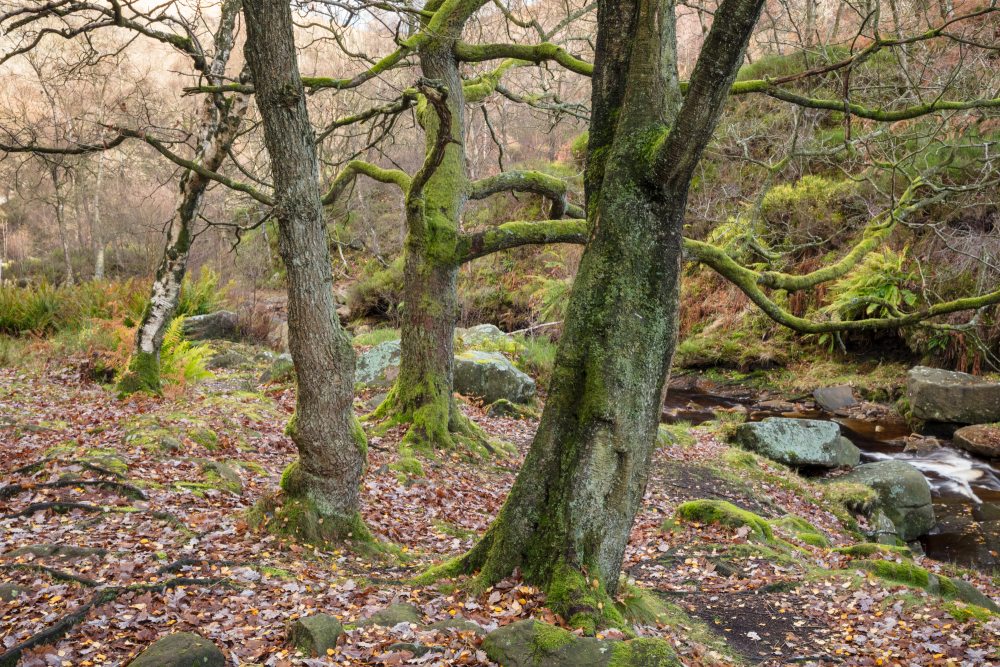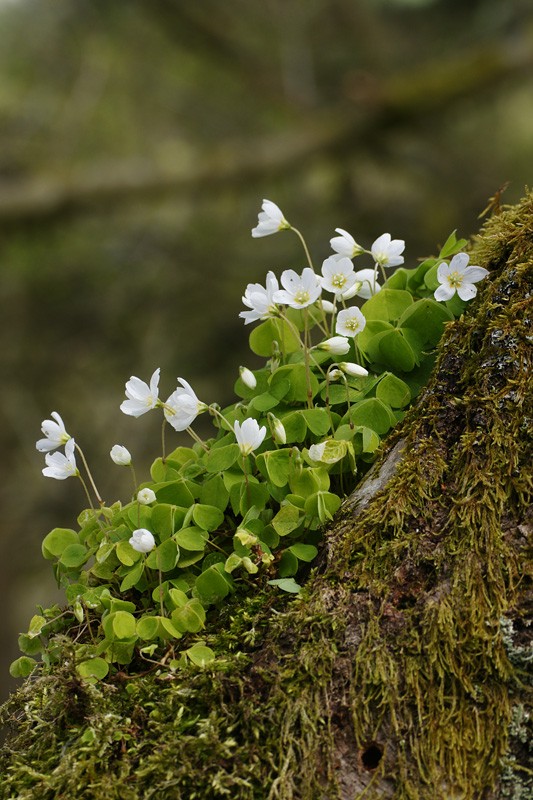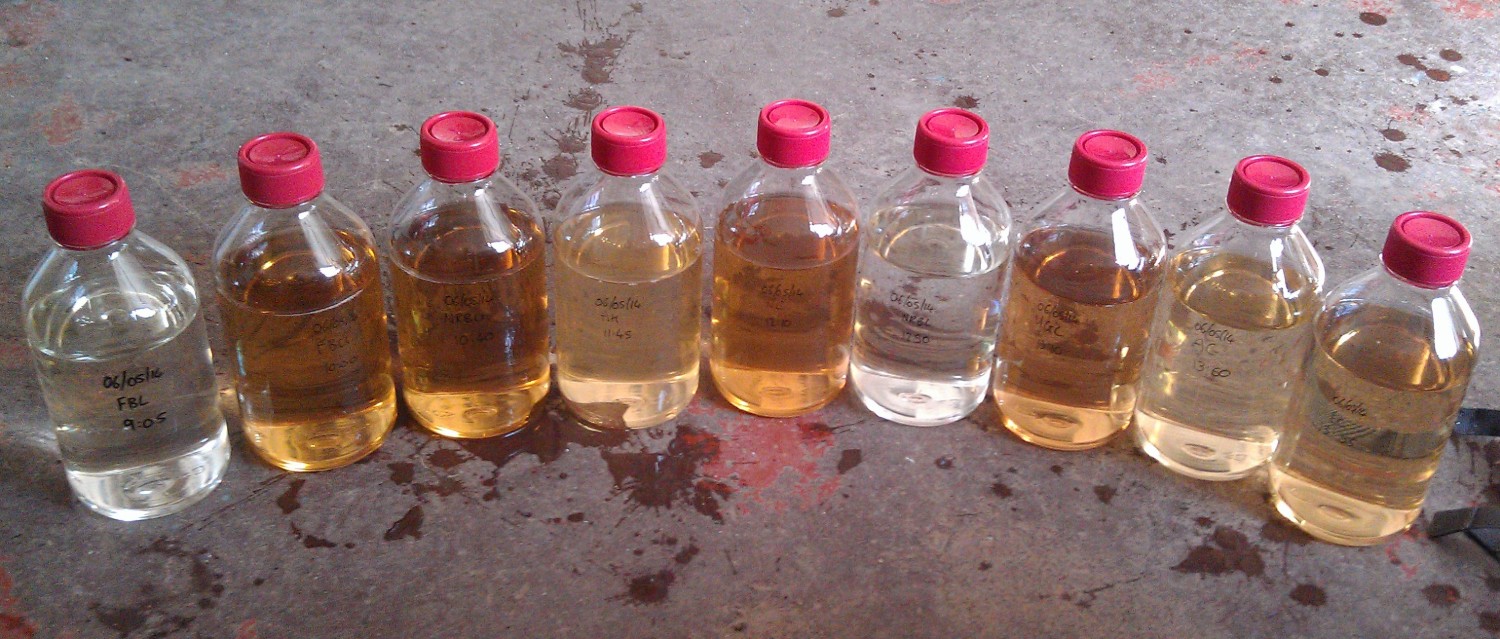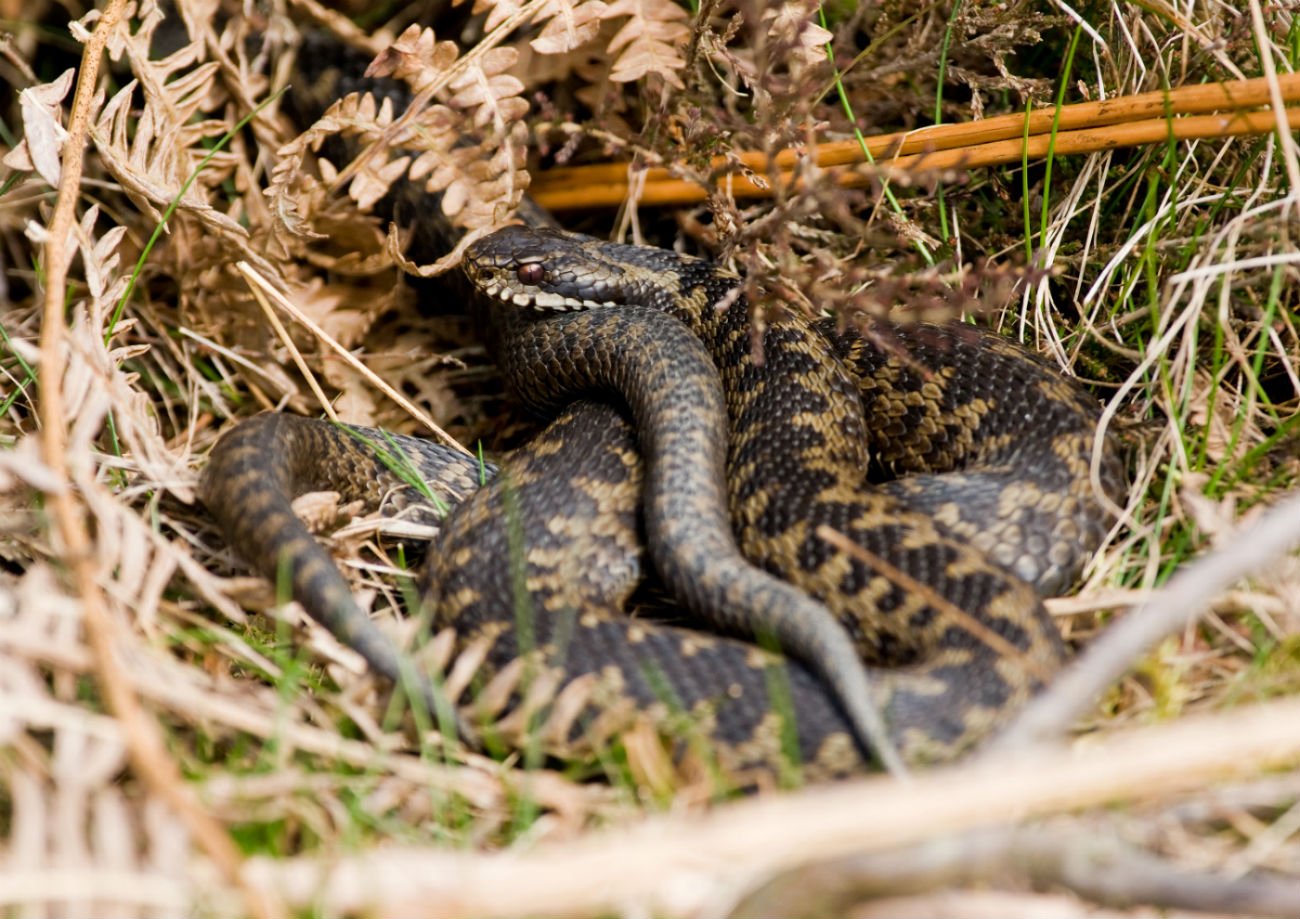A variety of upland ecosystems
Moorlands consist of a mosaic of habitats
Many species rely on a mixture of these habitats
Our work takes into account all the habitat types in the landscape, not just blanket bog
Moorlands consist of a mosaic of habitats which work together to provide habitat for specialist wildlife species
Though much of our work is focused on blanket bog, we are also interested in the conservation of all upland habitats.
Some species need a mixture of habitat types to meet all their needs. For example twite, a declining species in the South Pennines, need heather moorland for nesting close to hay meadows where they gather the seeds they eat.
Another habitat type is clough woodland, areas of steep-sided woodland found on the edge of open moorland. Clough is a local term for a small valley.
Working to restore balance in the moorlands does not just mean restoring the blanket bogs. They are part of a larger ecosystem and in areas where habitats have been degraded there are a range of important habitats including wet heath, dry heath, blanket bog, and clough woodland, to consider.
Our clough woodland project helps to raise awareness of the benefits of these habitats and assists landowners and managers in the creation and development of them.

Planting trees?
People often ask us why we're not planting trees on the moors... the answer is, we are!
We do plant trees on the moors – in cloughs and moorland fringes, but not on blanket bog, where tree roots penetrate deep into the peat, causing it to dry out.
Blanket bogs, when in healthy condition, are waterlogged, nutrient poor and acidic, so trees do not normally thrive in this environment. From the depth of the peat in these areas, we can conclude that they have been blanket bog habitat for thousands of years.
We’re restoring these bogs to make them wetter again, and covered in plants that build up peat, particularly sphagnum moss. This is because in these particular places (the tops of wet, cold hills), blanket bog is actually the best habitat for both wildlife and ecosystem services, such as improving water quality, and flood and fire prevention.
It’s worth remembering that the peatlands of the UK store more carbon than the woodlands of the UK, France and Germany combined! In time, as the sphagnum moss grows, this plant community will take in more carbon dioxide, becoming an unequalled carbon sink, just as it was before the Industrial Revolution and its pollution took effect. The return of vegetation prevents the peat from being washed away in heavy rain, which releases the stored carbon dioxide back into the atmosphere.
The wildlife found in healthy blanket bog conditions (such as curlew, golden plover and mountain hare), is both rare and distinct. It relies upon these apparently barren landscapes and could not flourish in a woodland.
So we’re not planting trees on bogs, but we’re restoring blanket bogs that sit alongside woodlands as a crucial store of carbon, an important habitat for wildlife, and a fantastic provider of benefits like natural flood management and water quality.


